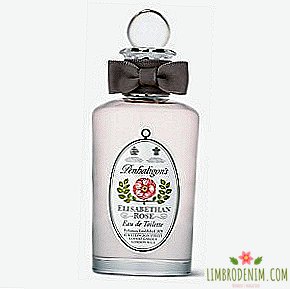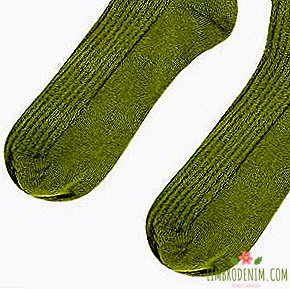Is it often harmful to wear ear plugs
Text: Karina Sembe
Ear plugs are a proven tool for sound sleep and productive work. When used properly, the "gag" for the ears blocks most environmental sounds - from the noise of cars and the rustle of paper to talking on the street and barking dogs (for highly sensitive people, these are full-fledged stimuli). However, most earplugs allow you to hear the sound of an alarm clock, phone or alarm, so the risk of oversleeping an early rise or missing an important call does not increase. At first, devices made of polypropylene, silicone or polyurethane seem to be frankly inconvenient, but, having become accustomed, you can work without distracting and fall asleep more quickly. Nevertheless, for the sake of your own safety, it is important to consider the risks of this method.
Unlike earplugs for swimming or shooting, sleeping pads have minimal pressure on their ears and can be used for a long time, but negligence in this case can lead to damage to the inner ear, infection or skin irritation. You can not place earplugs too deep in the ear canal: it should be possible to easily remove them with your fingers, and if you need to use tweezers for this, it is a sign that you have gone too far. In such a case, during sleep, when we do not control the position with earplugs, they can move even further and injure the eardrum. The probability is low, because for this, the earplugs will have to go a solid way, but not all manufacturers are equally conscious in the design of the shape of these devices, so it is better to use caution.
By pulling the earplugs too quickly, we risk damaging the inner ear. Ear plugs produce some suction of air in the ear canal and create a partial “vacuum” in it: this simultaneously blocks the sound and prevents the earplugs from falling out. If you pull them out too quickly, under the influence of air, the eardrum stretches and can be damaged, which leads not only to pain or an increase in susceptibility to infections, but also to partial hearing loss. Pulling out the earplugs should be slowly, carefully scrolling them in order to weaken the conditional "vacuum" in the passage.

Minimizing the risk of sleep in ear plugs is very simple - it is a matter of measures and hygiene.
Frequent use of ear plugs can also irritate the skin, but the main danger is infection. Dust and dead skin particles, and sometimes plant pollen or even dead insects, collect in our ears. Earwax, which removes pollution from the passage, provides natural cleansing, but earplugs stand in the way of this process. Health experts at Columbia University argue that long-term use of earplugs sometimes leads to too large accumulation of earwax, and bacteria, lingering in the ears for a whole night, can cause infection. Warm, moist, soft foam or cotton wool earplugs are an ideal medium for the growth of bacteria, and since they are not easy to completely remove from contamination, this often leads fans of reusable soft liners to the otolaryngologist's office. Alternatives made of silicone, polyurethane and various patented thermo materials are not so favorable for bacteria, but they are also able to ensure the development of infection in the ear if they are not properly cleaned.
Minimizing the risks of sleep in ear plugs is very simple - it is a matter of measures and hygiene. Thoroughly clean the earplugs after use: wash them with soap and warm water and dry them with a towel. Touch the earplugs only before use, and at other times store in a dedicated case. Do not use earplugs until completely dry or place them in moist ears: water retention within the ear canal increases the risk of infection. Anyway, doctors recommend, if possible, to do without ear plugs from time to time, in order not to subject the auditory canal to a permanent “blockade” and not to develop dependence on such sound insulation.
Photo: kazarlenya- stock.adobe.com, eBay





